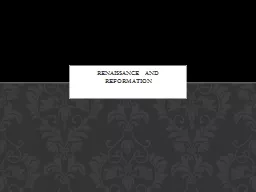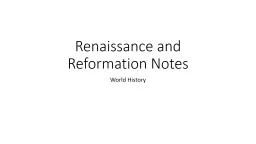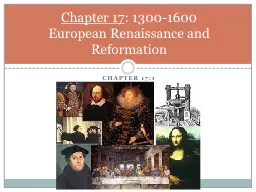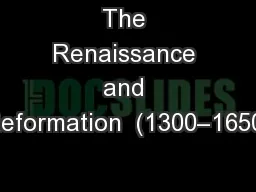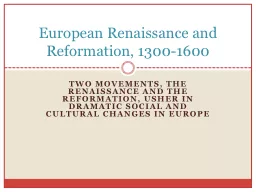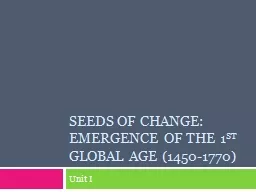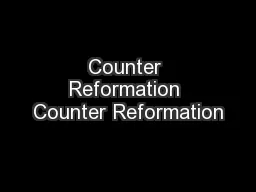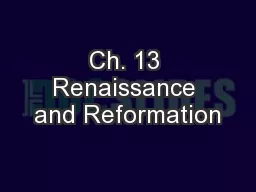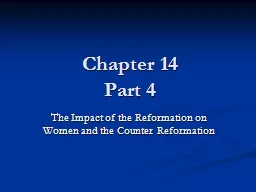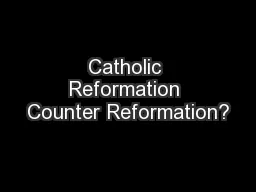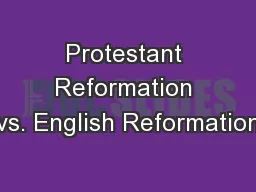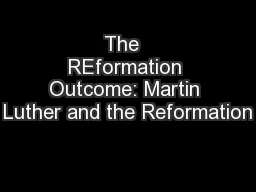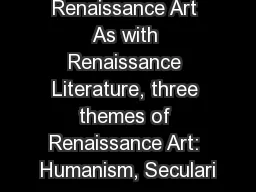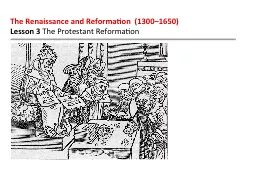PPT-Renaissance and Reformation
Author : pasty-toler | Published Date : 2016-05-25
A rebirth of Classical learning especially the study of Latin and Greek Renaissance Definition People were unhappy with the status quo Black Plague Why Focus
Presentation Embed Code
Download Presentation
Download Presentation The PPT/PDF document "Renaissance and Reformation" is the property of its rightful owner. Permission is granted to download and print the materials on this website for personal, non-commercial use only, and to display it on your personal computer provided you do not modify the materials and that you retain all copyright notices contained in the materials. By downloading content from our website, you accept the terms of this agreement.
Renaissance and Reformation: Transcript
Download Rules Of Document
"Renaissance and Reformation"The content belongs to its owner. You may download and print it for personal use, without modification, and keep all copyright notices. By downloading, you agree to these terms.
Related Documents

